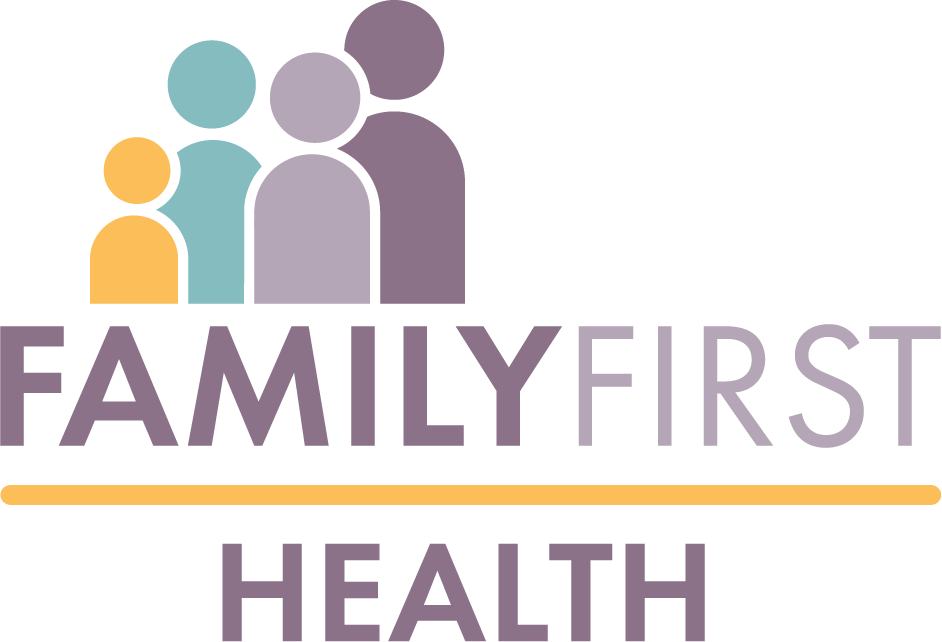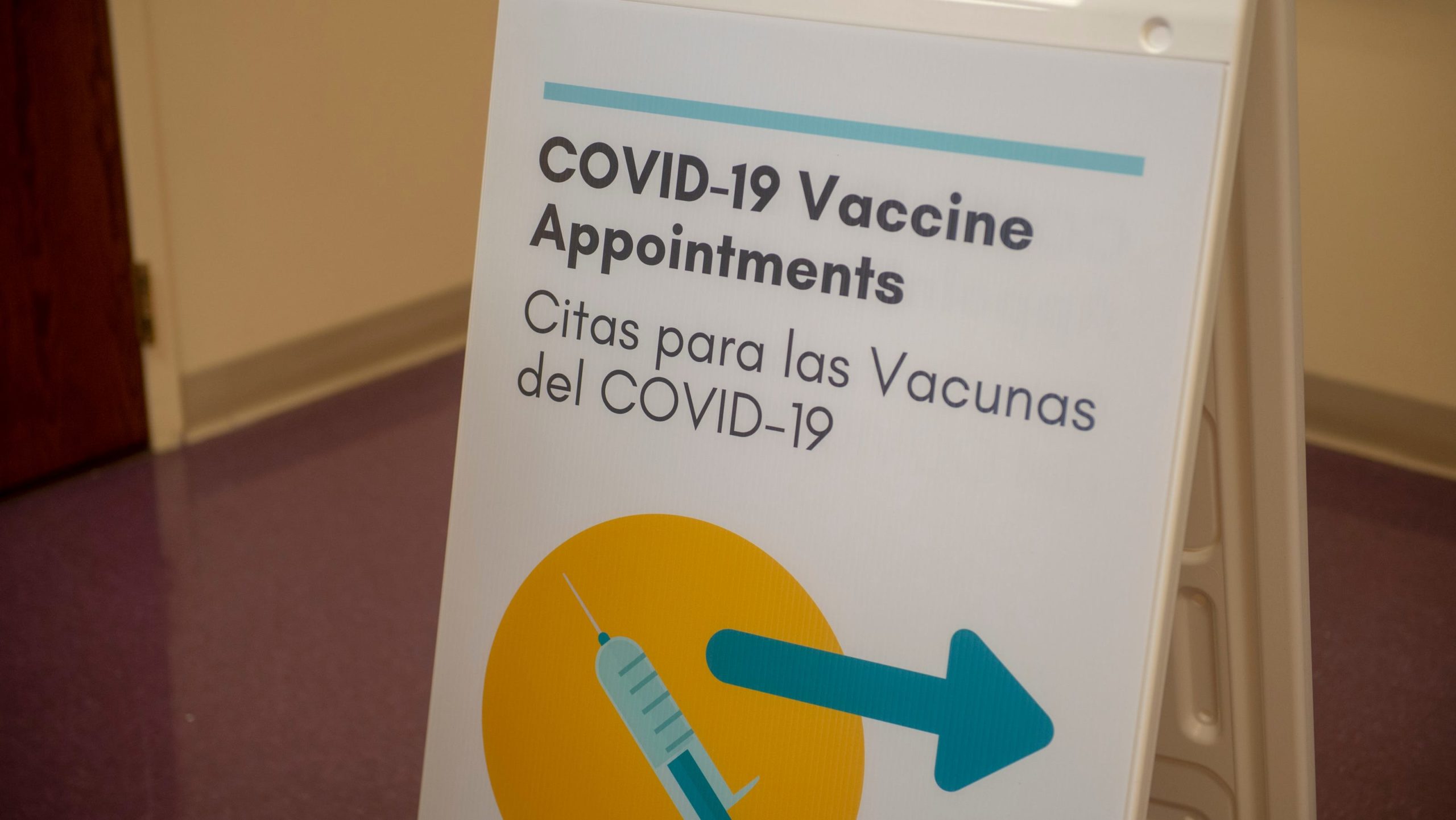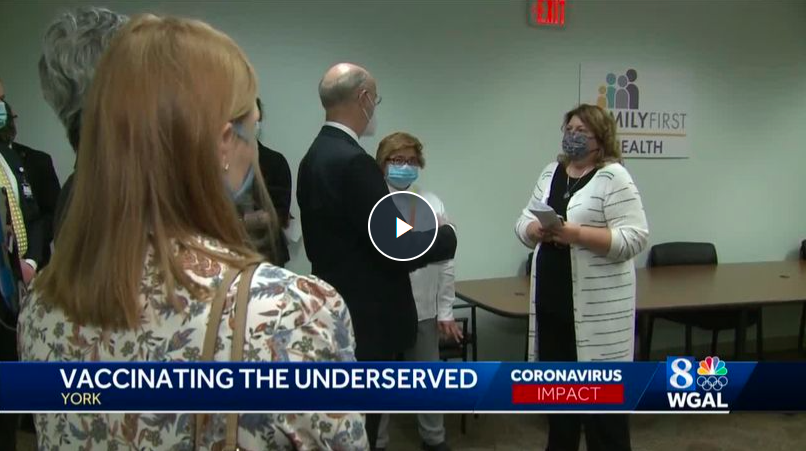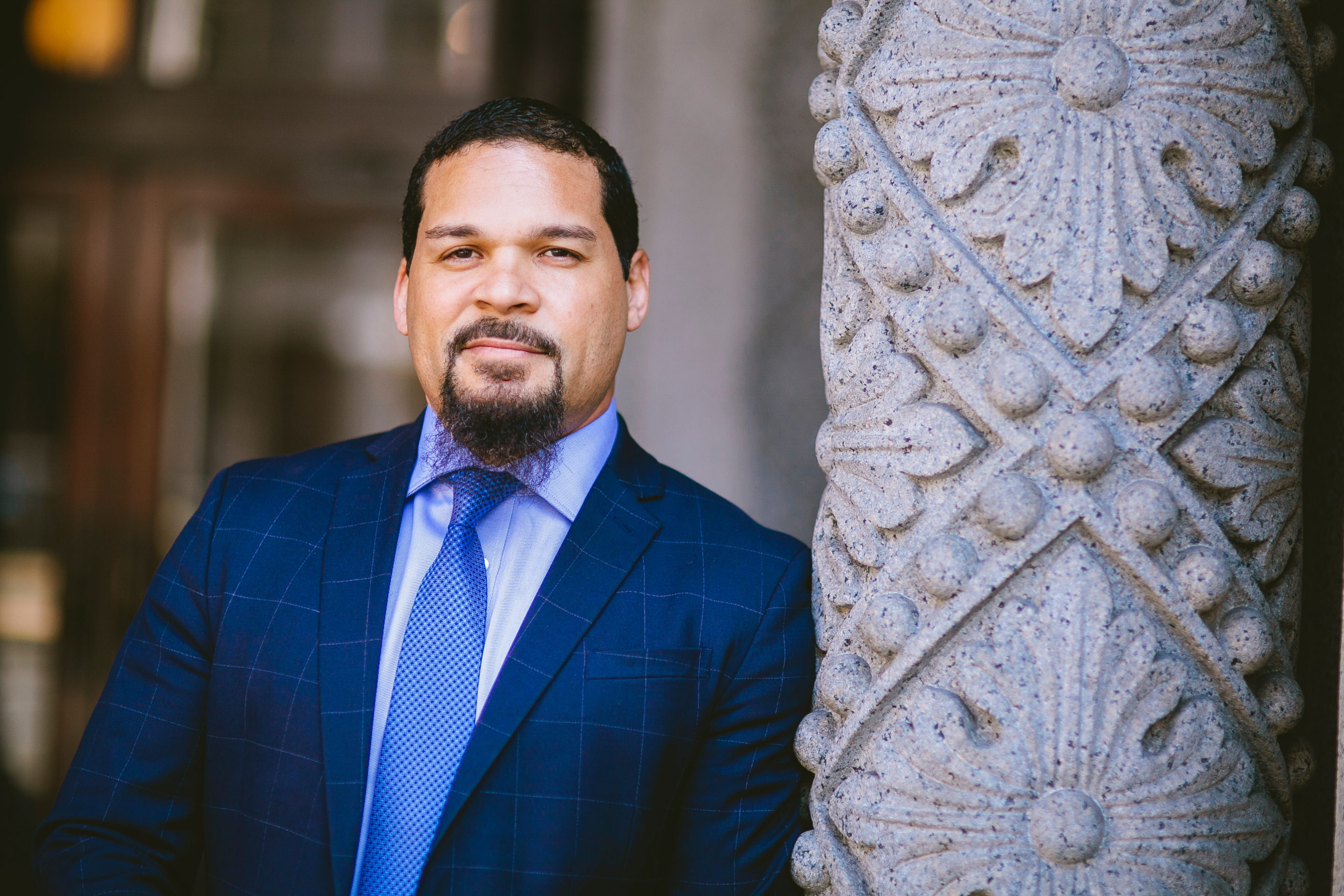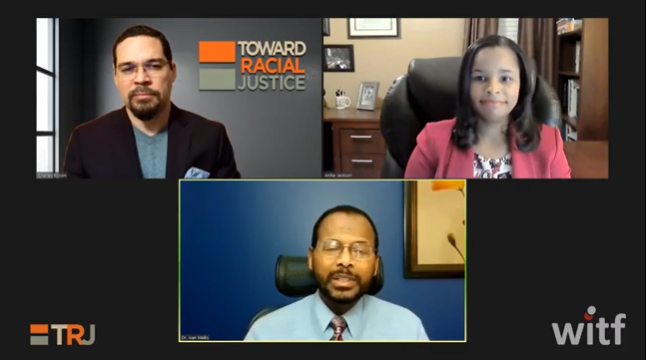A website designed as a one-stop shop for residents seeking COVID-19 vaccine information in York County launched this week.
The website, vaccinateyorkpa.org, provides information on who is eligible for the COVID-19 vaccine, where it is available and links to local vaccine providers. The site also contains information on vaccine progress and COVID-19 statistics in York County.
The site is a collaboration among the York County Commissioners, York County Planning Commission, York County Office of Emergency Management and local health care providers WellSpan Health, UPMC and Family First Health.
The county used money from its CARES Act allocation to pay for costs associated with establishing this website. “We thank York County residents for their patience throughout this often frustrating process,†said York County President Commissioner Julie Wheeler. “We’re hopeful that as more vaccine becomes available in the next few weeks from the federal and state governments, we can significantly increase the number of people getting vaccinated in York County. This site will increase visibility on how York County is progressing with our vaccinations.â€
On the site, data is provided by the state Department of Health depicting the impact COVID-19 has had on the community. This will include tracking vaccine progress and other COVID-19 statistics. Additionally, links for resources such as 2-1-1 for housing assistance, food access as well as acquiring transportation assistance to get a vaccine are on the site.
The website will have more information on the COVID-19 community vaccination site once it is operating at the old A.C. Moore building at Manchester Crossroads on Route 30.
Media contact: Mark Walters, 717-779-6508
Family First Health making it easier for York residents to get COVID-19 vaccine
Gov. Tom Wolf toured the facility that hopes to provide more than 3,000 vaccinations by the end of April.
York health provider sets sites on COVID vaccines for underserved community
York, PA — Starting tomorrow, a new vaccine clinic will throw open its doors in York, targeting the underserved community.
“It’s one of the puzzle pieces. This is not a mass vaccination site but serves a very specific precision purpose,†said Jenny Englerth, President and CEO of Family First Health.
Because the number of people from these communities getting immunized is staggeringly low, Family First Health is kicking off March Madness. The goal is to turn the three-story York location into a vaccine clinic, serving 200 to 300 people, every Friday, that might have shied away from getting the medicine from an unfamiliar place.
“Family First is a great example of how federally qualified health centers and local providers can serve vulnerable populations,†said Governor Tom Wolf.
Gov. Tom Wolf praises York health center for efforts to vaccinate underserved groups
YORK, Pa. —
Gov. Tom Wolf is praising a community health center in York for its commitment to vaccinating underserved groups.
Wolf visited Family First Health on South George Street on Thursday to thank staff and tour the COVID-19 vaccination area.
The governor said federally qualified health centers, including Family First Health, have played a big part in ensuring that vaccines get to the vulnerable populations who need them through direct outreach to patients.
“I really appreciate coming to places like this because we can all learn a lot from the good things that are happening here,†Wolf said.
The health center is gearing up for a boost in its vaccination efforts. Starting this week, it will offer all-day Friday vaccination clinics.
“We’re always looking for ways to do a better job,†Wolf said.
Family First Health has vaccinated about 1,000 people since late December. With the Friday clinics, the goal is to vaccinate 3,000 people between now and the end of April.
Family First Health, local doctors hold virtual COVID-19 vaccine Q&A
YORK, Pa. — Family First Health is organizing a virtual Q&A with local doctors about the COVID-19 vaccine.
Vaccine Q&A details
- The forum will be held Tuesday evening from 6:30 p.m. to 7:30 p.m.
- You can watch and ask questions through the Family First Health’s Facebook page or YouTube channel.
Anika Jackson Featured on WURD Radio
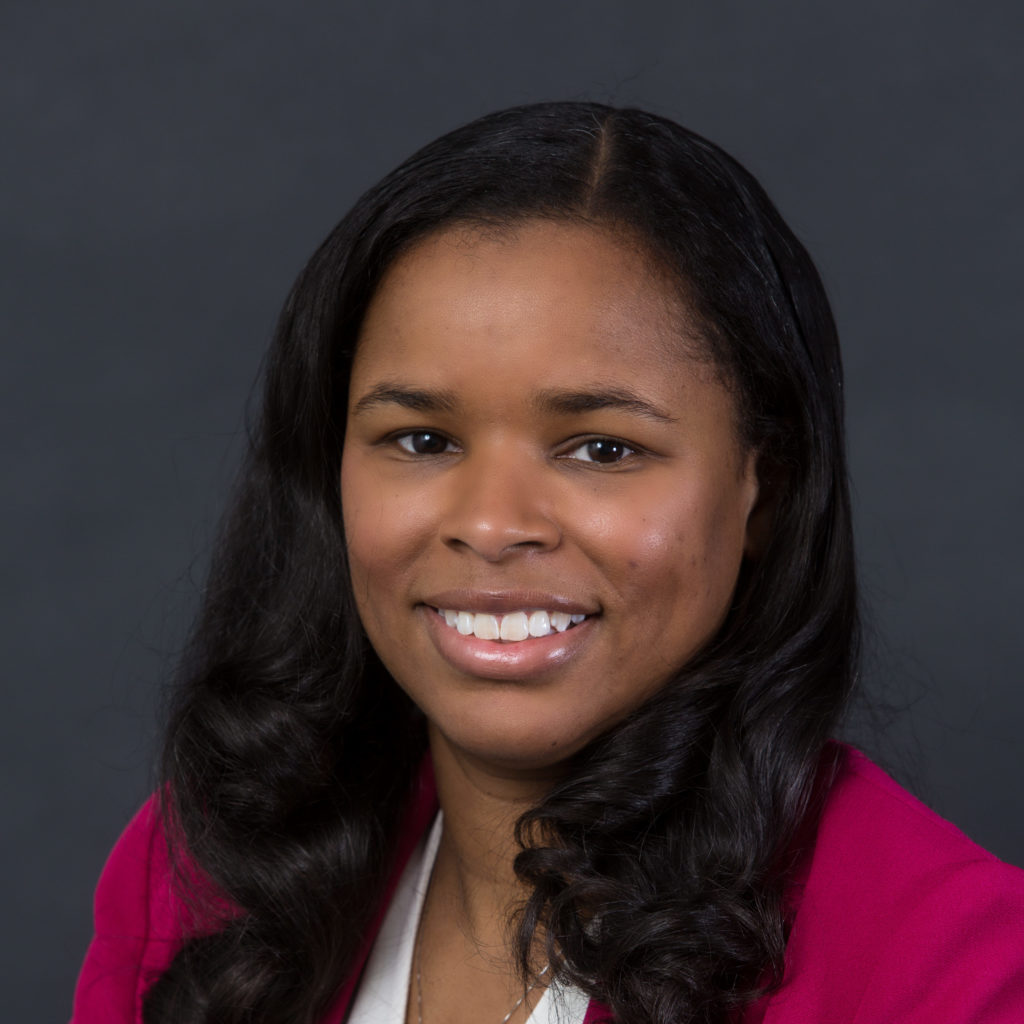
In case you missed the February 23rd episode of Reality Check with Charles Ellison on WURD Radio, Anika Jackson, our Director of New Initiatives was featured to discuss COVID-19, Trust, and Vaccines.
Reality Check features thought leadership, analysis, and data on the politics, policies, and people impacting our communities in Philadelphia and on the national and international front.
Reality Check with Charles Ellison airs every Monday through Thursday (when City Council is not in session) from 10am-1pm . Each day features important thought leadership, analysis and data on the politics, policies and people impacting our communities here and abroad. Veteran political strategist and Philly native, Ellison presents the issues rippling through the nation’s capitals, state houses, city halls and neighborhoods. If you need a #RealityCheck, tune in! Join the social media discussion @ellisonreport.
Anika Jackson Featured on WITF’s Toward Racial Justice

Anika Jackson, the Director of New Initiatives at Family First Health was a panelist on the February 18th broadcast of WITF’s Toward Racial Justice.
Toward Racial Justice: COVID-19, Trust and Vaccines explores some of the racial disparities within the COVID-19 pandemic. We also look at the hesitancy regarding vaccines. (Broadcast live on Feb. 18)
Panelists:
Rev. Dr. Brenda Alton
Dr. Marilyn Corder
Dr. Eugene Curley
Anika Jackson
Dr. Mary E. Kelleher
Dr. Ivan Walks
New Partnership Expands Access to Care for Pennsylvania Families
United Health Foundation and Family First Health, a federally qualified health center, are joining forces to improve access to health care for children and their families across Pennsylvania while widening the reach to serve vulnerable populations.
United Health Foundation’s three-year, $2 million grant to Family First Health will enhance services at Family First Health’s York, Pennsylvania, location, a school-based health center housed at Hannah Penn K-8 school, home to a significantly underserved population. The grant will help the school’s health center connect students, families and school staff to expanded primary care services as well as offer new behavioral health and wellness resources to the school’s students.
The program will also deploy “Health Connectors,†health care professionals who will provide in-home support to families, such as helping individuals manage chronic conditions. Health Connectors will also connect families to the providers at the Hannah Penn Center and help those eligible enroll in health insurance.”Family First Health is connecting students to primary care, as well as additional services that help them to be healthy and ready to learn.”
“Family First Health is connecting students to primary care, as well as additional services that help them to be healthy and ready to learn. This is incredibly needed and important during these historic times,†said Pennsylvania Governor Tom Wolf. “On behalf of York and the entire state, I want to thank the United Health Foundation for its support of this innovative health model and its commitment to children and families at their most foundational times.â€
Hannah Penn K-8’s school district ranks among the highest in the state for acute poverty. The socioeconomic challenges in the district translate into a high transiency rate, with a roughly 23% student turnover during the 2018 school year.
“The United Health Foundation is committed to improving and expanding access to health care in Pennsylvania,†said Marynell Benson, a regional president of Optum Complex Care Management. “Together with Family First Health, this partnership will support underserved families with expanded primary care services as well as behavioral health and wellness resources.â€
The health center at Hannah Penn K-8 School.
While the grant partnership was initiated prior to the COVID-19 outbreak, the onset of the pandemic makes the collaboration even more timely. Overall, UnitedHealth Group has contributed more than $100 million to fight COVID-19, support impacted communities and address emerging health care issues related to the pandemic.
“Family First Health is committed to providing primary medical and dental care, integrated behavioral health and substance misuse treatment services to Pennsylvania residents regardless of their ability to pay,†said Family First Health CEO Jenny Englerth. “This generous grant from the United Health Foundation is especially critical during this unprecedented time because it will allow Family First Health to help underserved populations obtain the care they might not have otherwise received during school closure and stay-at-home orders.â€
Find the full article: https://www.unitedhealthgroup.com/newsroom/posts/2020-10-22-united-health-foundation-family-first-health-expand-access-423628.html
United Health Foundation Partners with Family First Health of Pennsylvania to Improve Access to Care for Children and Families
- Three-year, $2 million grant will support Family First Health’s Federally Qualified Health Center at Hannah Penn K-8 school, home to a significantly underserved population
YORK, Pa.: The United Health Foundation is partnering with Family First Health, a federally qualified health center, on an innovative program to improve access to health care for children and their families while widening the reach to serve vulnerable populations in the Keystone State.
United Health Foundationâ™s three-year, $2 million grant to Family First Health will enhance services at Family First Healthâ™s York, Pennsylvania location, a school-based health center housed at Hannah Penn K-8 school, home to a significantly underserved population. The grant will help the school’s health center connect students, families and school staff to expanded primary care services as well as offer new behavioral health and wellness resources to the school’s students. The program will also deploy “Health Connectors,†health care professionals who will provide in-home support to families, such as helping individuals manage chronic conditions. Health Connectors will also connect families to the providers at the Hannah Penn Center and help those eligible enroll in health insurance.
“Family First Health is connecting students to primary care, as well as additional services that help them to be healthy and ready to learn. This is incredibly needed and important during these historic times,†said Gov. Tom Wolf. “On behalf of York and the entire state, I want to thank the United Health Foundation for its support of this innovative health model and its commitment to children and families at their most foundational times.â€
“The United Health Foundation is committed to improving and expanding access to health care in Pennsylvania,†said Marynell Benson, a regional president of Optum Complex Care Management, a UnitedHealth Group business. “Together with Family First Health, this partnership will support underserved families with expanded primary care services as well as behavioral health and wellness resources.â€
Hannah Penn K-8’s school district ranks among the highest in the state for acute poverty. The socioeconomic challenges in the district translate into a high transiency rate, with a roughly 23% student turnover during the 2018 school year.
“Family First Health is committed to providing primary medical and dental care, integrated behavioral health and substance misuse treatment services to Pennsylvania residents regardless of their ability to pay,†said Family First Health CEO Jenny Englerth. “This generous grant from the United Health Foundation is especially critical during this unprecedented time because it will allow Family First Health to help underserved populations obtain the care they might not have otherwise received during school closure and stay-at-home orders.â€
While this grant partnership was initiated prior to the COVID-19 outbreak, it is a timely partnership during the pandemic because it is helping connect people with needed care. Overall, UnitedHealth Group has contributed more than $100 million to fight COVID-19, support impacted communities and address emerging health care issues related to the pandemic.
Family First Health is a federally qualified health center that is accessible and community minded. Family First Health Center makes a difference in the health and quality of life of the people and communities it serves by providing quality, compassionate primary medical and dental care and social services to those who need them most; coordinating care and working with other providers to provide the full range of services patients need; promoting and supporting healthy lifestyles; collaborating with others to improve access and break down the barriers of affordability, language and culture; and advocating for patients and the medically underserved.https://www.familyfirsthealth.org
About the United Health Foundation
Through collaboration with community partners, grants and outreach efforts, the United Health Foundation works to improve our health system, build a dynamic health workforce and enhance the well-being of local communities. The United Health Foundation was established by UnitedHealth Group (NYSE: UNH) in 1999 as a not-for-profit, private foundation dedicated to improving health and health care. To date, the United Health Foundation has committed more than $500 million to programs and communities around the world. To learn more, visit www.unitedhealthgroup.com.
Find the full article: https://www.unitedhealthgroup.com/newsroom/2020/2020-10-22-uhf-partners-with-family-first-health-pa-423628.html
